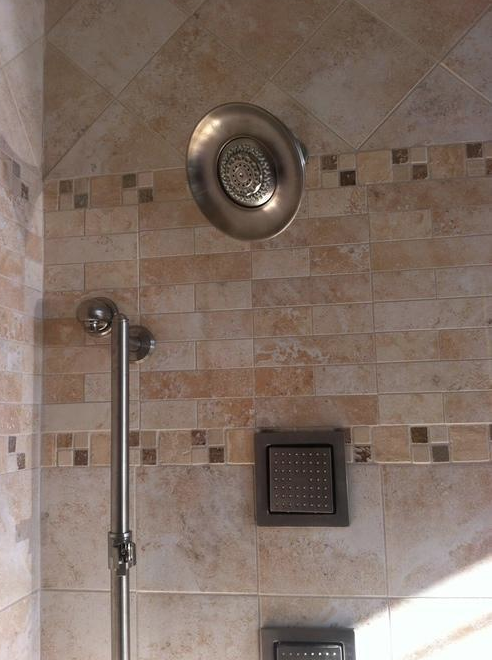The bathroom sink is most likely one of the places in your home you get dirty the most and must clean the most. From toothpaste, soap, makeup, hair and everyday mineral deposits, it is something that you not only have to keep clean but also disinfect also to keep it sanitary. Depending on the type of bathroom sink you have, you may be using the wrong products for the material your sink is built out of. Parry Custom Homes, a premier Pittsburgh on your lot builder, shares tips on how to best clean the type of bathroom you have.
To make cleaning your bathroom less of a chore, it is a great idea to keep a bin under your sink or somewhere in your home that is easy to access with bathroom-cleaning products you can just reach for and go every time you need to clean up your bathroom.
The best things to have in your bathroom caddy will be: liquid dish soap, distilled white vinegar, baking soda, old toothbrush, several soft sponges or rags, and paper towels.
Two things you will want to leave out of your bathroom caddy arsenal are ammonia and bleach products. While these may sound like good options for disinfecting, you don’t want to use them since these chemicals are toxic if they are ingested.
If you have a stainless steel or porcelain bathroom sink, you will want to wet the entire surface of the sink with warm water first. Then, sprinkle baking soda on the sink and rub it in with one of your soft cloths or sponges until it comes to a paste. The baking soda will remove stains and soap scum, as well as get rid of crusted toothpaste and sticky hair that might be there as well.
The next thing you will want to do is scoop up some of the paste with an old tooth brush and scrub it into the caulk deal around your sink, the faucet and the underside of the rubber drain flaps last. Be sure to rinse the toothbrush as needed and add more baking soda as necessary when you are doing these steps.
Once you have done all the cleaning with the baking soda and tooth brush, rinse the sink with warm water and wipe it down with a dry cloth. Then, pour about 1-2 cups of your white vinegar into a small basin and dunk about 5-10 paper towels into the basin. Cover your sink with the saturated towels and let it sit for 20 minutes. Remove the paper towels once they have sat and throw them away.
The acid that is in the vinegar will disinfect the surface of your sink. If you want or feel the need for extra disinfecting power, you can mix equal parts of hydrogen peroxide and water instead of vinegar and let it sit for 2-3 minutes on your sink.
Lastly, thoroughly rinse your sink again using warm water and dish soap to remove all the traces of vinegar or hydrogen peroxide. You sink will be left looking and feeling like brand new!
For stone bathroom sinks, you will want to take a different approach to cleaning since they are porous and absorb liquid. Don’t use acidic or chemical cleaning products because they can damage the stone. Instead, rinse your sink with mild dish soap and warm water after each use and pat it dry right away. To disinfect your sink, purchase a cleaner made specifically for your type of stone. You can typically find these at your local hardware store.
If you have a copper sink, the same will go for not using any chemical cleaners as this can damage the metal. Treat these sinks the same you would the stone sinks, except you can eliminate the final step. Copper has antibacterial qualities that hinder the growth of common bacteria like E. coli, so mild dish soap will be all you need!
Parry Custom Homes is an established homebuilder in the Pittsburgh area. Call or contact us today for more information.

